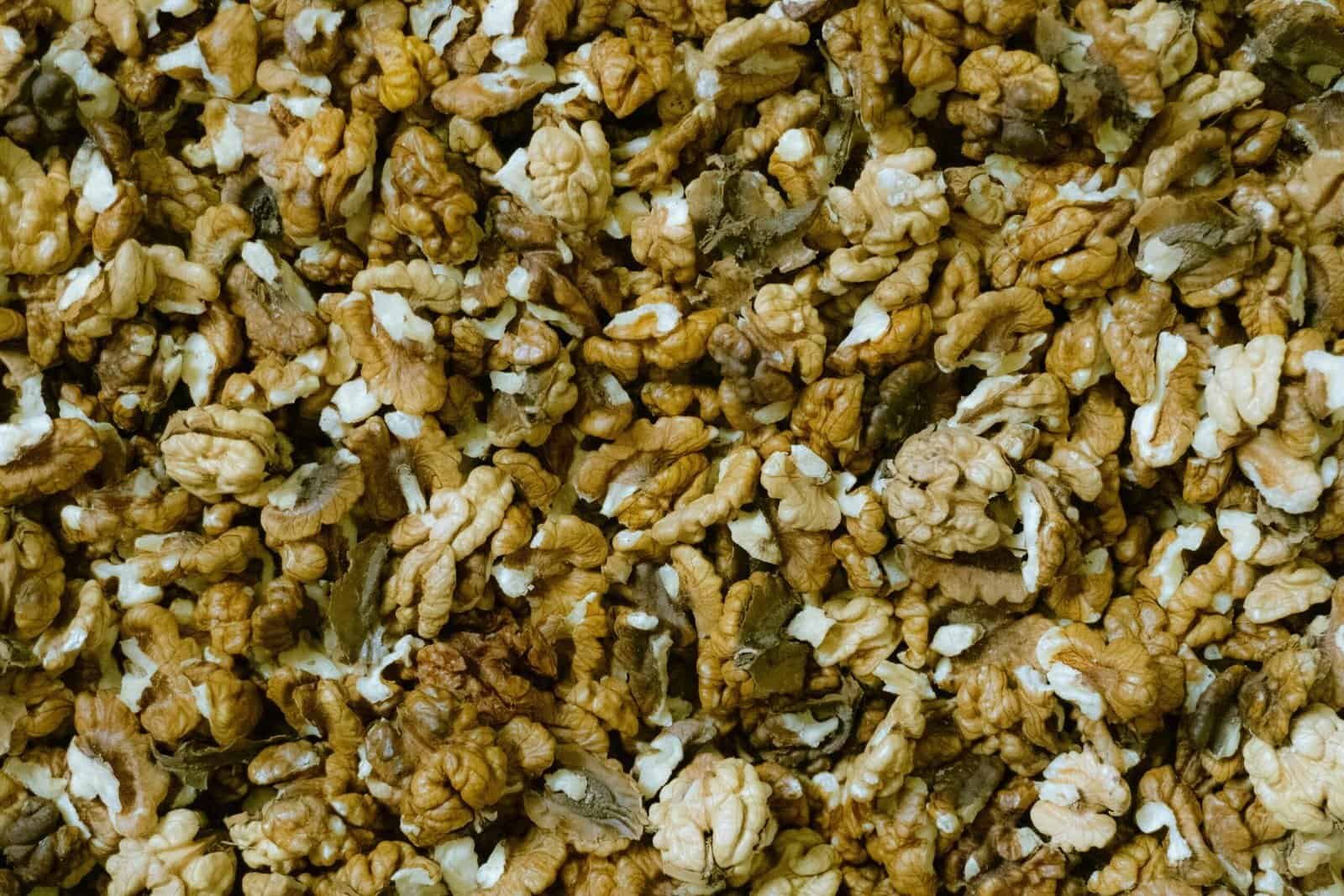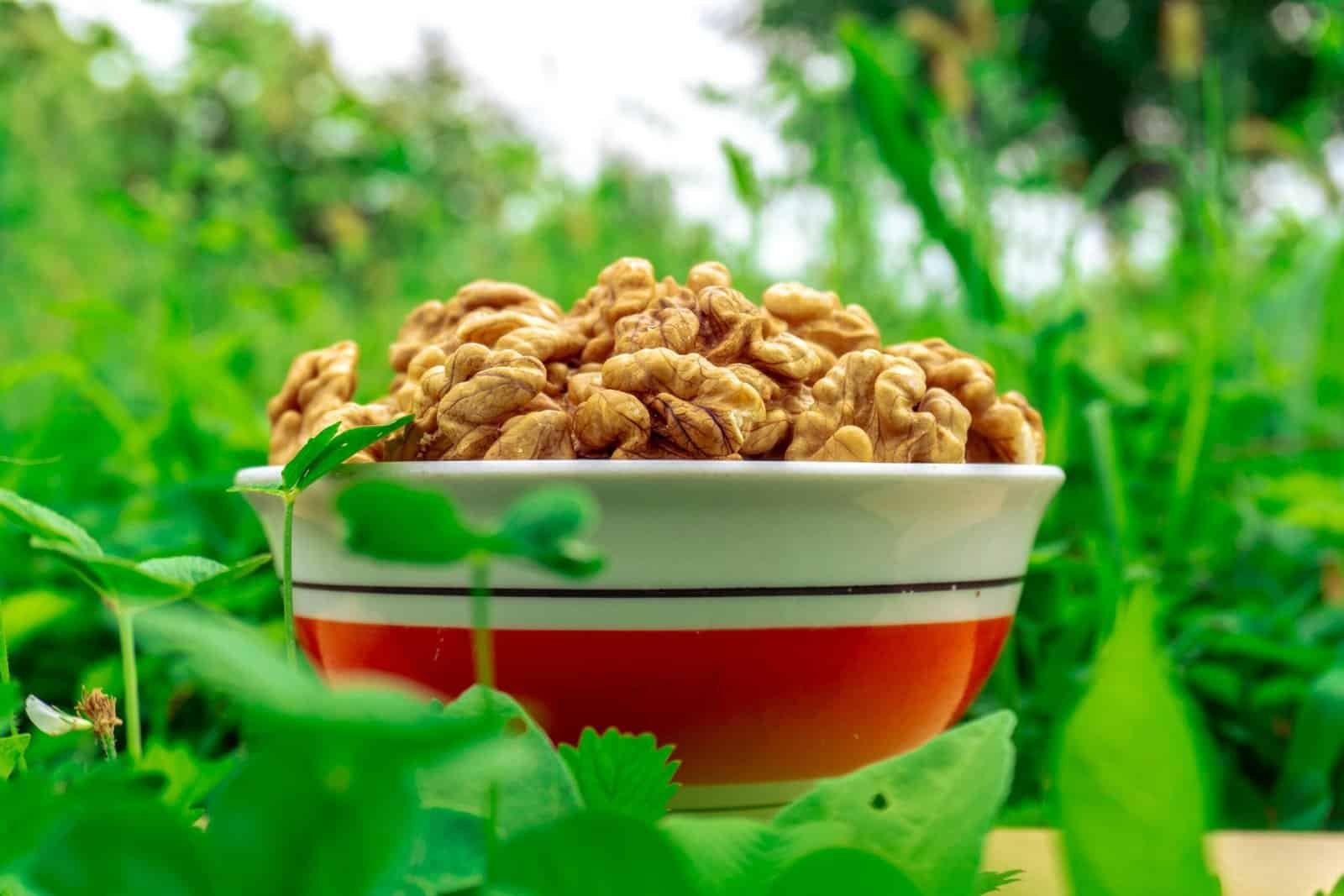Have you ever wondered why your nopal plants aren’t thriving as they should? Perhaps they’re not growing as vigorously, or the pads are showing unusual colors or deformations? It’s possible that your nopals are experiencing nutrient deficiencies, which can be crucial to their health and productivity. As you delve into learning how to identify and treat these deficiencies, it’s essential to have a good understanding of what nopal plants need in terms of nutrition. This guide will help you recognize the signs of nutrient deficiencies in nopal (also known as prickly pear or Opuntia) and provide solutions to rectify them.
What Is Nopal and Why Is It Important?
Nopal is a type of cactus commonly found in arid regions, known for its thick, succulent pads and vibrant flowers. Aside from being decorative, nopal is valuable in culinary and medicinal applications. It’s used in traditional dishes and has potential health benefits such as helping regulate blood sugar and supporting digestion. Despite its hardiness, nopal still requires certain nutrients to flourish and remain healthy.
Nutrient Needs of Nopal
Understanding the nutrient needs of nopal is the first step in preventing deficiencies. Like most plants, nopals need a balanced supply of macro and micronutrients. The primary macronutrients include nitrogen (N), phosphorus (P), and potassium (K), while the micronutrients include elements like iron, magnesium, and zinc. These nutrients play significant roles in the plant’s growth, flowering, and resistance to diseases.
Identifying Nutrient Deficiencies in Nopal
Each nutrient deficiency presents itself through specific symptoms in nopal plants. By keenly observing these indicators, you can start diagnosing potential deficiencies.
Nitrogen Deficiency
Nitrogen is essential for plant growth. It plays a significant role in chlorophyll production, which in turn affects photosynthesis. A nitrogen deficiency often causes slow growth, yellowing of older pads, and a general paleness of the plant.
Phosphorus Deficiency
Phosphorus is crucial for energy transfer within the plant. A deficiency in phosphorus generally results in stunted growth, dark green coloration with a purplish tint on pads, and delayed flowering or fruiting.
Potassium Deficiency
Potassium supports various plant processes, including water regulation and disease resistance. Symptoms of potassium deficiency include brown spots on pads, marginal burn (necrosis) on the edges of the pads, and weak growth.
Iron Deficiency
Iron is necessary for chlorophyll synthesis and various enzyme functions. Iron deficiency is characterized by interveinal chlorosis, where the areas between the veins turn yellow while the veins remain green, primarily affecting the young pads first.
Magnesium Deficiency
Magnesium is a key component of chlorophyll and is vital for photosynthesis. Its deficiency can cause interveinal chlorosis similar to iron deficiency, though it typically affects older pads first.
Zinc Deficiency
Zinc is vital for the production of certain growth hormones and enzyme systems. A deficiency may lead to reduced pad size, and sometimes a rosette form of growth where pads cluster abnormally.

Causes of Nutrient Deficiencies
Before jumping into solutions, it’s important to understand what causes nutrient deficiencies in nopales. Common reasons include poor soil quality, improper pH levels, and incorrect watering practices. Sandy soils, for example, can lead to nutrient leaching, while compacted or clay-heavy soils might restrict root growth.
Soil Quality
Nopales thrive in well-drained soils with moderate nutrients. Poor-quality soil lacking in organic matter often leads to deficiencies. Ensure your soil has a good balance of organic compost and mineral content.
pH Levels
The pH of the soil affects nutrient availability. Most nutrients are available to plants within a pH range of 6.0 to 7.5. If the soil’s pH veers too far outside this range, certain nutrients may become inaccessible to the nopales. Conducting a soil pH test can help you make necessary adjustments.
Watering Practices
Both over-watering and under-watering can contribute to nutrient issues. Over-watering often results in leaching, where nutrients are washed away from the root zone, whereas under-watering can lead to insufficient nutrient uptake. Always water deeply and only when the soil is dry to the touch.
Treating Nutrient Deficiencies
Once you’ve identified the deficiency, it’s time to address the problem. Treating nutrient deficiencies in nopal requires a multifaceted approach, including soil amendment, fertilization, and appropriate watering.
Soil Amendment
Improving soil quality is a foundational step. Adding organic matter like well-rotted compost or aged manure can enhance nutrient content. In the case of poor drainage or heavy soils, incorporating sand or perlite can improve soil structure.
Fertilization
Selecting the right fertilizer is crucial.
Nitrogen Solutions
For nitrogen deficiency, consider using a balanced fertilizer with a higher nitrogen content such as 10-5-5 (N-P-K). Blood meal or fish emulsion are organic options.
Phosphorus Solutions
Bone meal or rock phosphate can address phosphorus deficiencies. Alternatively, use a fertilizer marked as high in phosphorus, such as 8-24-8.
Potassium Solutions
For potassium, apply potash or a general fertilizer that highlights a higher potassium content, like 5-10-20.
Iron Solutions
Iron can be applied through chelated iron sprays, which are useful for immediate action, or incorporate iron sulfate into the soil for longer-term correction.
Magnesium Solutions
Epsom salts (magnesium sulfate) can swiftly correct magnesium deficiencies. A foliar spray can act quickly on existing chlorosis.
Zinc Solutions
Apply zinc sulfate or use a micronutrient mix that contains zinc if you suspect a zinc deficiency.
Proper Water Management
Adjust your watering schedule to ensure the nopals get neither too little nor too much water. Usually, nopal plants require less frequent watering compared to other plants; once every two to three weeks is often sufficient, based on climatic conditions.

When to Seek Professional Help
If nutrient deficiencies persist despite your best efforts, it may be necessary to consult with a professional horticulturist or local extension service. They can provide soil tests, tissue analysis, and expert advice tailored specifically to your region and soil type.
Conducting Soil Tests
A comprehensive soil test can provide details about your soil’s nutrient content and pH, helping you make informed decisions about amendments and fertilization.
Pest and Disease Considerations
Sometimes, what appears to be a nutrient deficiency might actually be a pest or disease issue. Spotted or twisted pads might indicate pest damage, and blisters or soft spots might signal disease. Integrated pest management and disease control measures can complement your nutrient management strategy.
Preventing Future Nutrient Deficiencies
Prevention is better than cure, especially with plant health. Implementing preventive practices can go a long way in ensuring your nopal plants remain vibrant and productive.
Regular Monitoring
Frequent observation helps catch deficiencies early. Note any changes in color, growth patterns, or pad formation promptly.
Annual Soil Amendments
Incorporate organic matter into your soil annually to maintain its fertility. This regular practice can help prevent nutrient drop-offs.
Rotational Fertilization
Rotate your fertilization routines to prevent the buildup of certain nutrients while ensuring others are not neglected. A balanced, well-thought-out fertilization schedule helps maintain overall plant health.
Mulching
Using organic mulch can help retain moisture, regulate soil temperature, and gradually enrich the soil as it breaks down.

In Conclusion
Being attentive to your nopal plants and maintaining their environment can lead to a flourishing garden. Observing the signs, understanding the causes, and implementing targeted treatments form a holistic approach to managing nutrient deficiencies in nopals. Remember, patience and consistency are key to nurturing these unique and versatile plants. Your dedicated care will not only improve the health of your nopals but also increase their production, giving you bountiful results to enjoy in your cooking and beyond.

